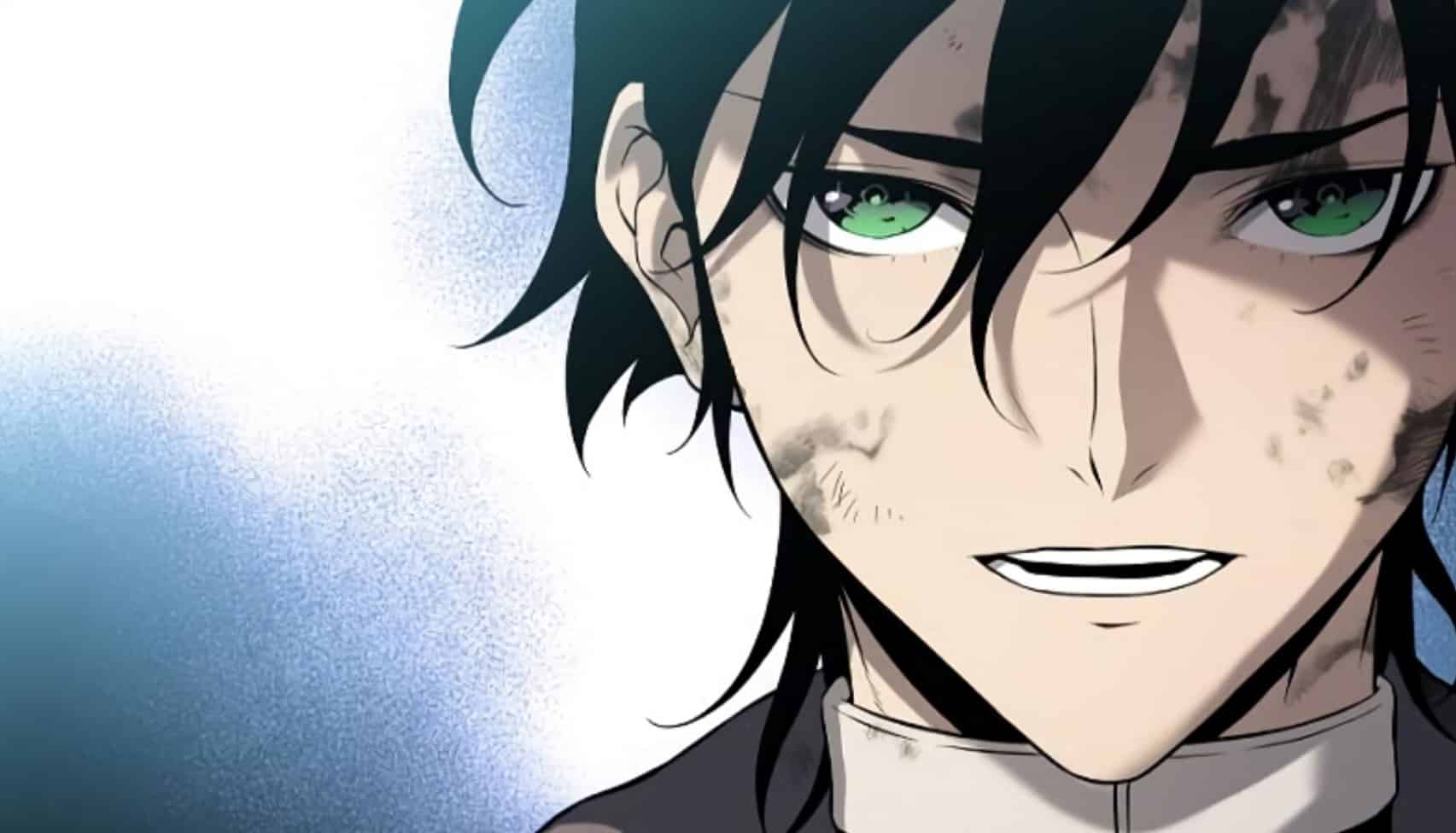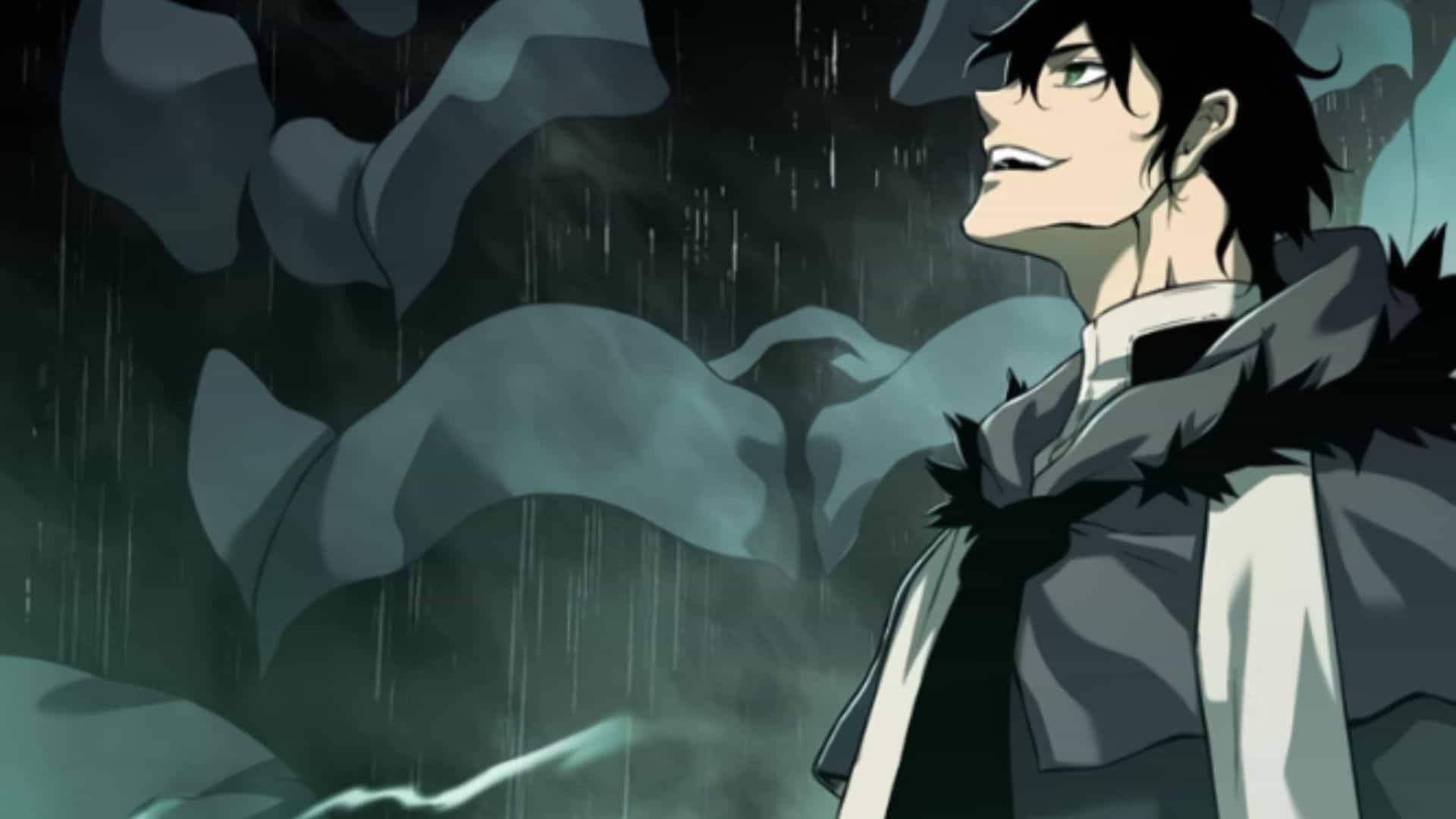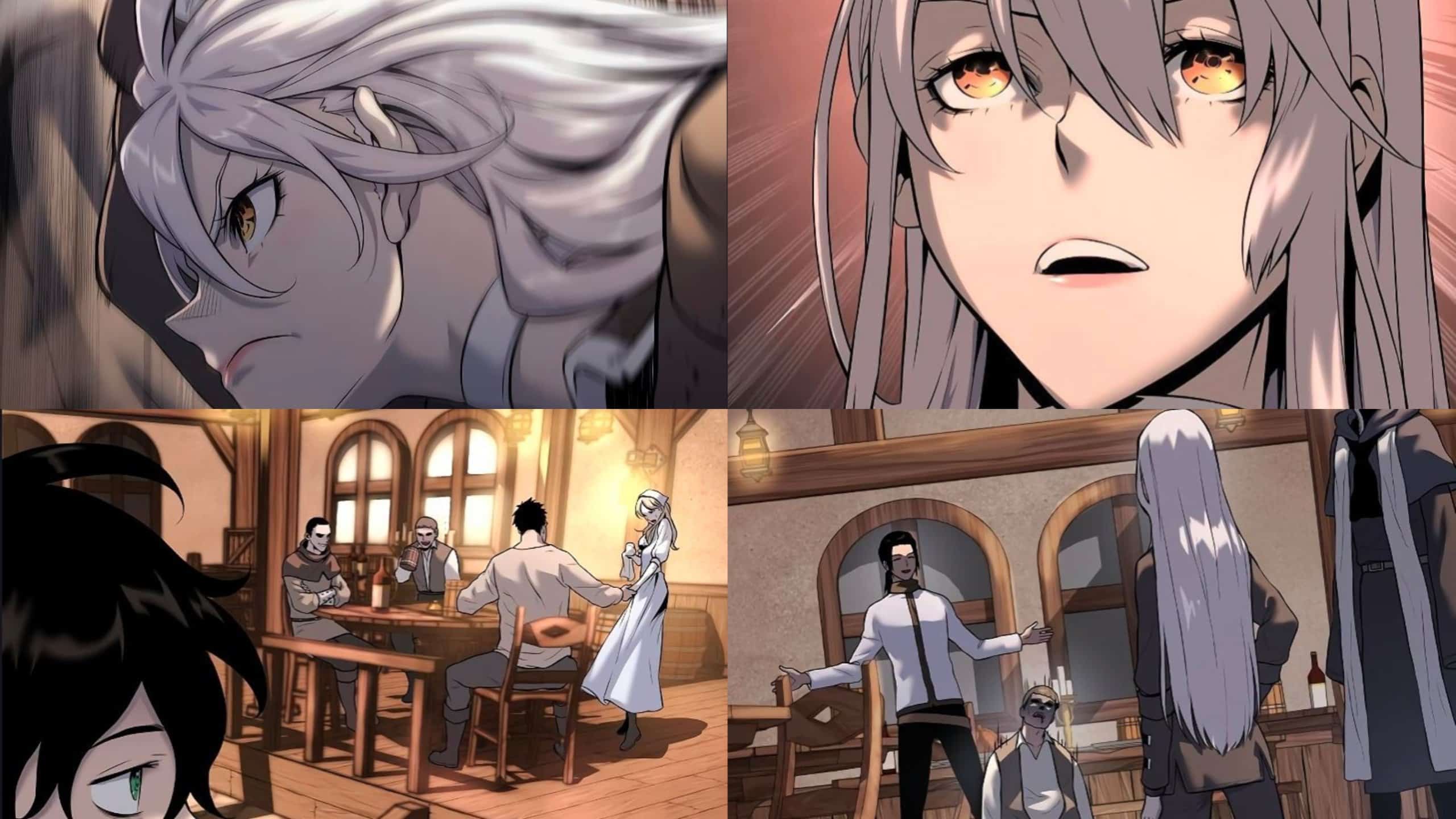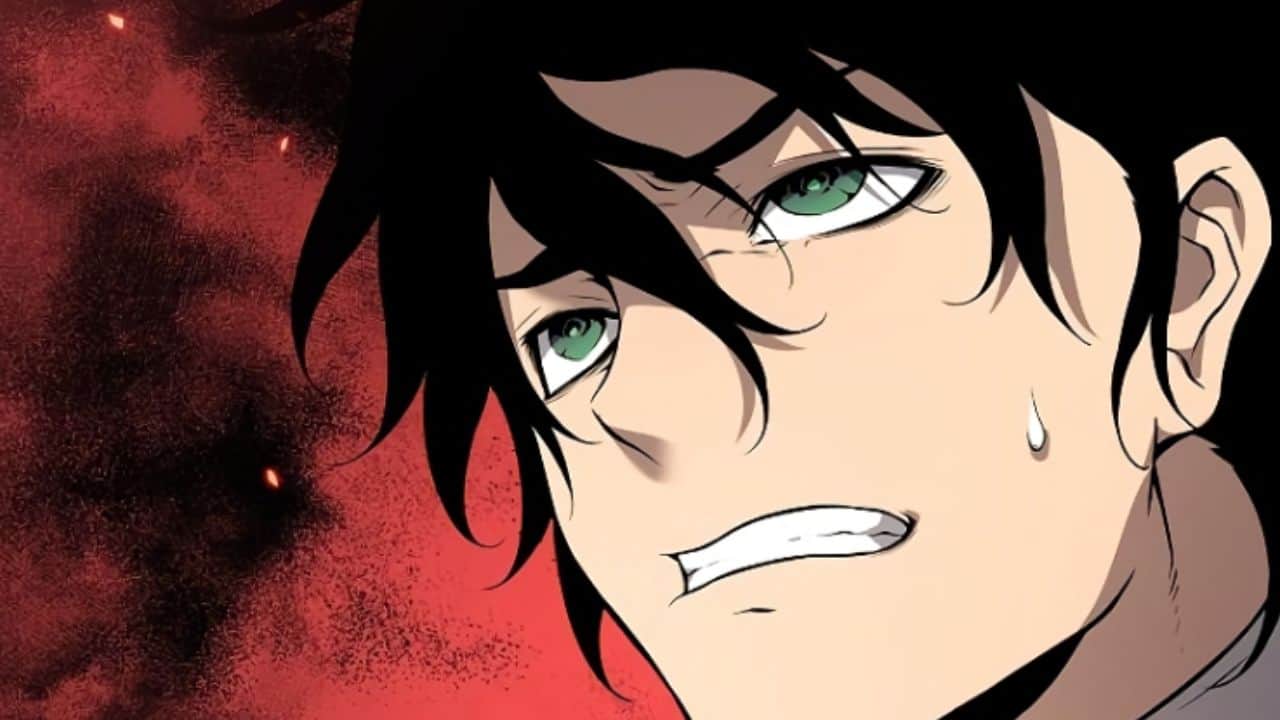The priest of corruption chapter 35 – Embark on a literary journey with “The Priest of Corruption: Chapter 35,” where corruption and redemption collide in a gripping narrative. Prepare to delve into a world of power struggles, intricate symbolism, and thought-provoking themes that will leave an indelible mark on your mind.
Within the confines of this chapter, the author’s masterful storytelling unfolds, weaving a tapestry of deceit, intrigue, and the human condition. Through the eyes of complex characters, we witness the insidious nature of corruption and the glimmer of hope that flickers amidst darkness.
Plot Summary and Character Analysis
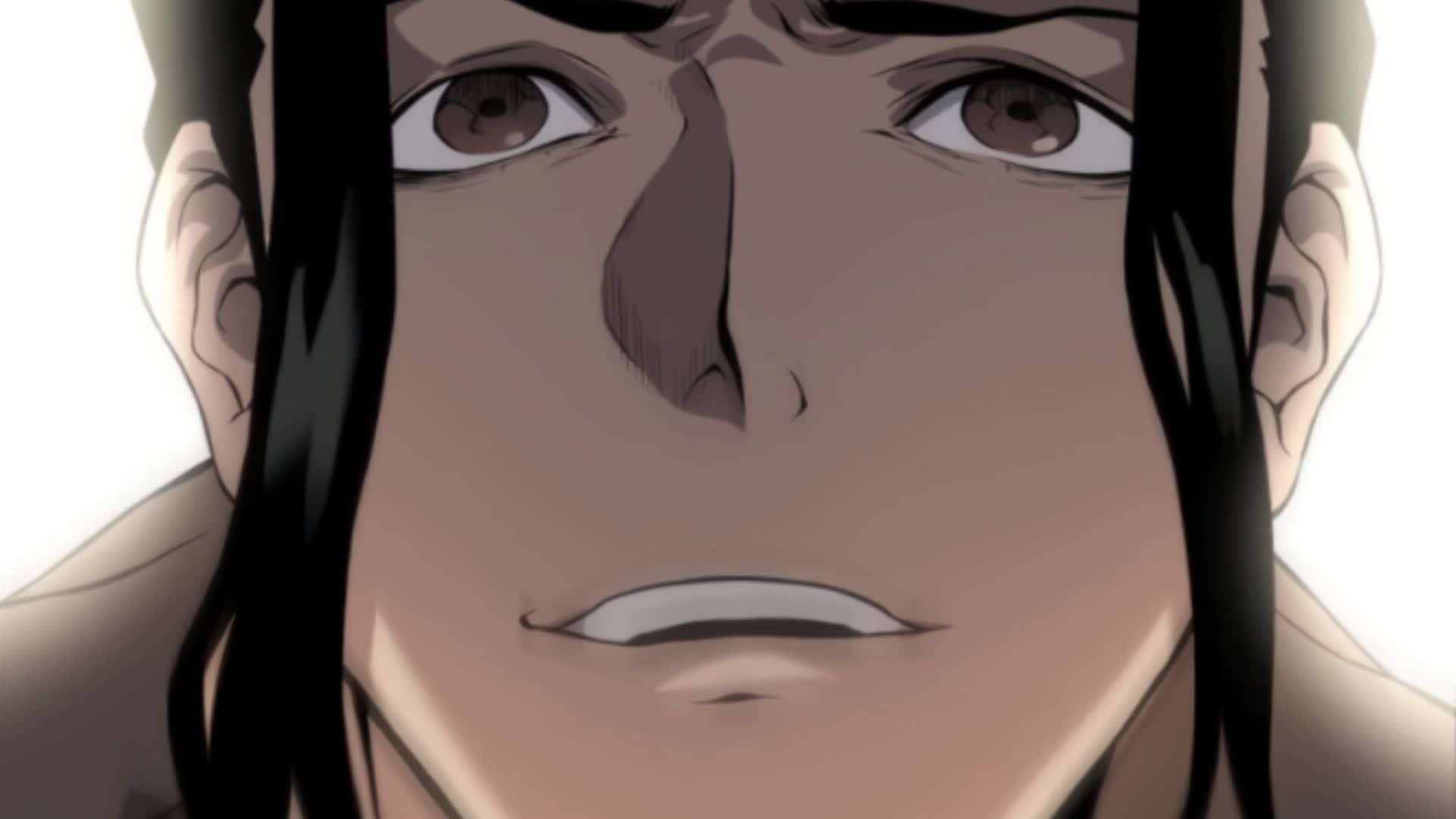
Chapter 35 of “The Priest of Corruption” is a pivotal chapter that brings the conflict between the priest and his followers to a head. The chapter opens with the priest summoning his most devoted followers, including the enigmatic assassin, Anya. The priest reveals his plan to use a powerful artifact to corrupt the city and plunge it into chaos, believing that only through destruction can true salvation be achieved.
The Priest’s Motivations and Actions
The priest’s motivations are complex and rooted in a twisted belief that the city has become irredeemably corrupt. He sees himself as a messianic figure destined to cleanse the city through violence and destruction. His actions are driven by a desire for control and a deep-seated hatred for those who oppose him.
The Followers’ Motivations and Actions
The priest’s followers are a diverse group of individuals who have been drawn to his charismatic leadership and promises of salvation. They include Anya, the skilled assassin who believes the priest’s cause is just; Marcus, the disillusioned former soldier who seeks redemption; and Seraphina, the young woman who has been manipulated by the priest’s rhetoric.
The Impact on the Storyline and Conflict
The priest’s plan to corrupt the city has far-reaching consequences for the storyline. It forces the main characters to confront the true nature of the priest’s evil and the threat he poses to the city. The chapter also sets the stage for a climactic confrontation between the priest and his followers and those who seek to stop them.
Symbolism and Themes: The Priest Of Corruption Chapter 35

Chapter 35 of “The Priest of Corruption” is rich in symbolism and motifs that contribute significantly to the development of the novel’s themes. These elements serve as literary devices to enhance the narrative, explore deeper meanings, and convey complex ideas.
The Symbolism of Corruption
- The Black Ooze: The black ooze that spreads throughout the land symbolizes the pervasive nature of corruption. It represents the corrupting influence of power, greed, and moral decay.
- The Infected: The people who have been infected by the black ooze represent the victims of corruption. They are physically and morally corrupted, their souls tainted by the evil within.
- The Priest’s Transformation: The priest’s gradual transformation into a corrupted being symbolizes the seductive power of corruption. It shows how even those who start with good intentions can be consumed by the darkness.
The Theme of Power
The novel explores the corrupting influence of power. The priest’s quest for power leads him down a path of destruction, as he sacrifices his morals and humanity in pursuit of his ambitions.
- The Priest’s Ambition: The priest’s desire for power drives his actions throughout the novel. He believes that by controlling the black ooze, he can control the world.
- The Price of Power: The novel shows that power comes at a great cost. The priest’s pursuit of power leads to his own corruption and the destruction of those around him.
The Theme of Redemption
Despite the darkness that pervades the novel, there is also a glimmer of hope. The priest’s journey is ultimately one of redemption, as he realizes the error of his ways and seeks to atone for his sins.
- The Priest’s Sacrifice: The priest’s sacrifice at the end of the novel is an act of redemption. He gives his life to destroy the black ooze and save the world from corruption.
- The Power of Love: The love of the priest’s followers gives him the strength to fight against the darkness. It shows that even in the darkest of times, there is always hope for redemption.
Narrative Techniques

The author employs various narrative techniques in Chapter 35 to enhance the reader’s engagement and understanding of the characters and events.
Point of View
The chapter is narrated from the third-person limited point of view, focusing primarily on the perspectives of the protagonist, Father Michael, and his antagonist, the corrupt Bishop. This technique allows the reader to delve into the inner thoughts and motivations of these characters, providing a deeper understanding of their struggles and conflicts.
Pacing
The pacing of the chapter is carefully controlled, alternating between moments of tension and suspense with periods of reflection and introspection. The author uses short, sharp sentences and vivid imagery to create a sense of urgency and danger, while also allowing for moments of pause where readers can process the emotional weight of the events unfolding.
Foreshadowing
The author skillfully employs foreshadowing throughout the chapter to hint at future events and build anticipation. Subtle clues and hints are woven into the narrative, creating a sense of unease and suspense as the reader is left to speculate on what lies ahead. This technique enhances the reader’s involvement in the story and keeps them eagerly engaged in the unfolding plot.
Comparative Analysis
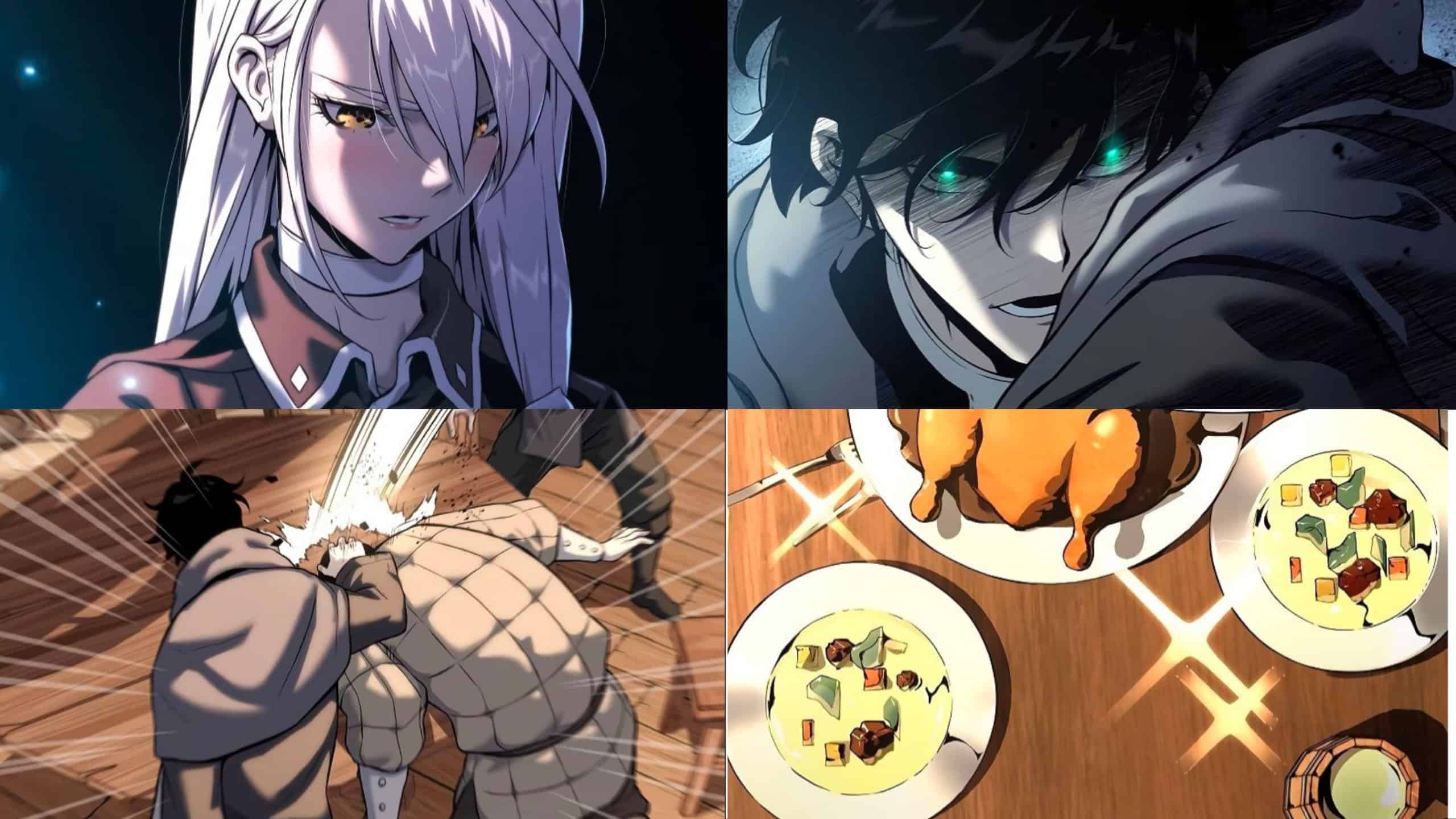
Chapter 35 of The Priest of Corruption shares striking similarities with Chapter 17 of The Name of the Rose by Umberto Eco. Both chapters occur at pivotal moments in their respective narratives, revealing crucial information and setting the stage for the climax.
Plot Similarities
- Both chapters involve the discovery of a hidden manuscript.
- The manuscripts contain explosive revelations that threaten to upend the established order.
- The protagonists face resistance and danger as they investigate the manuscripts’ contents.
Characterization Similarities, The priest of corruption chapter 35
- The protagonists in both chapters are intelligent and resourceful scholars.
- They are driven by a thirst for knowledge and a desire to uncover the truth.
- They face challenges and temptations that test their integrity and beliefs.
Thematic Similarities
- Both chapters explore the themes of corruption, power, and the search for truth.
- They question the authority of established institutions and the dangers of suppressing knowledge.
- They suggest that the pursuit of truth can be a dangerous and transformative journey.
Comparative Differences
Despite their similarities, there are also key differences between the two chapters:
- The Priest of Corruption is set in a medieval world, while The Name of the Rose is set in a Renaissance monastery.
- The manuscript in The Priest of Corruption contains a treatise on necromancy, while the manuscript in The Name of the Rose contains a lost work of Aristotle.
- The protagonists in The Priest of Corruption face more supernatural threats, while the protagonists in The Name of the Rose face more political and philosophical challenges.
These differences reflect the distinct literary genres of the two novels. The Priest of Corruption is a dark fantasy, while The Name of the Rose is a historical mystery.
Conclusion
The comparison between Chapter 35 of The Priest of Corruption and Chapter 17 of The Name of the Rose highlights the shared themes and motifs that define the literary genre of historical mysteries. It also reveals the distinct narrative approaches and world-building elements that make each novel unique and memorable.
Summary

As we reach the end of Chapter 35, we are left with a profound sense of the consequences of corruption and the resilience of the human spirit. The author’s ability to craft a narrative that is both captivating and thought-provoking is a testament to their literary prowess.
The exploration of symbolism, themes, and narrative techniques in this chapter has provided a deeper understanding of the novel’s central message. It is a testament to the power of literature to hold a mirror to society and provoke contemplation about the complexities of human nature.
FAQ Resource
What is the significance of the priest’s actions in Chapter 35?
The priest’s actions in Chapter 35 serve to highlight the corrosive effects of corruption on the human soul. His manipulation and exploitation of his followers reveal the depths of his moral decay and the devastating consequences of his actions.
How does the author use symbolism in Chapter 35?
Symbolism plays a crucial role in Chapter 35, with objects and events taking on deeper meanings. The serpent represents temptation and evil, while the priest’s followers symbolize the vulnerability of those who fall prey to manipulation.
What are the main themes explored in Chapter 35?
Chapter 35 explores themes of corruption, power, and redemption. It examines the destructive nature of corruption and its ability to corrupt even the purest of souls. It also explores the struggle for redemption and the possibility of finding light amidst darkness.
